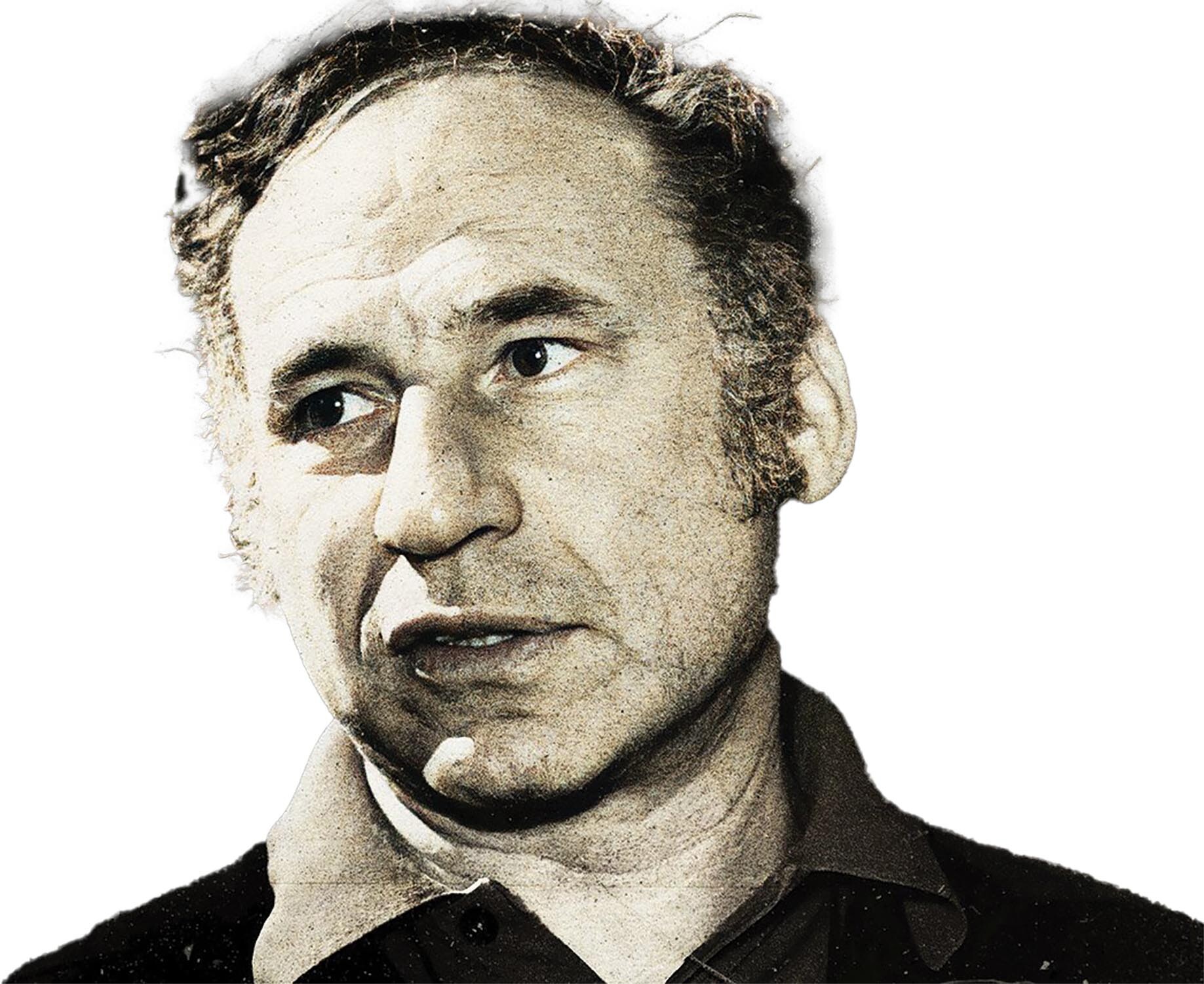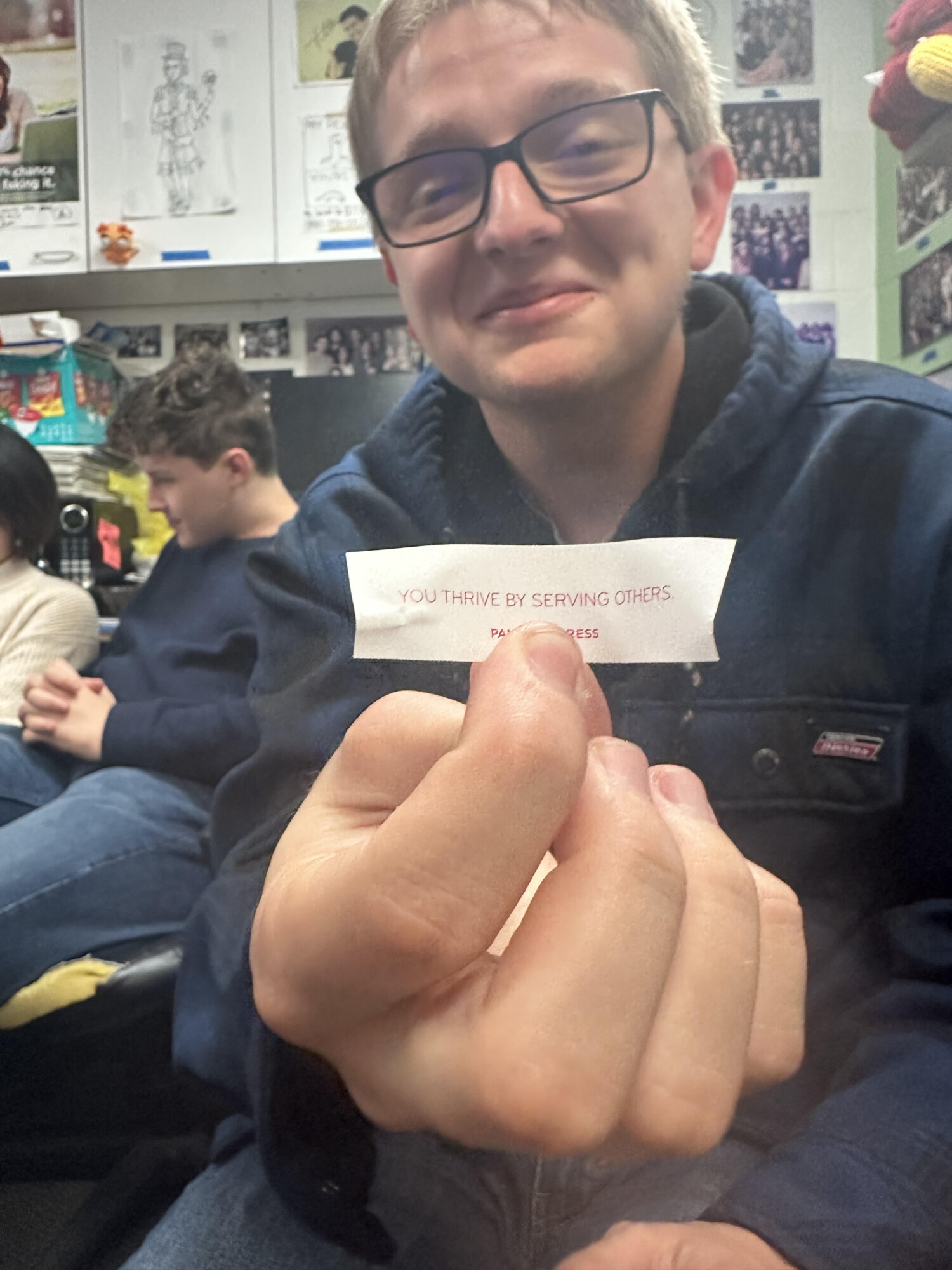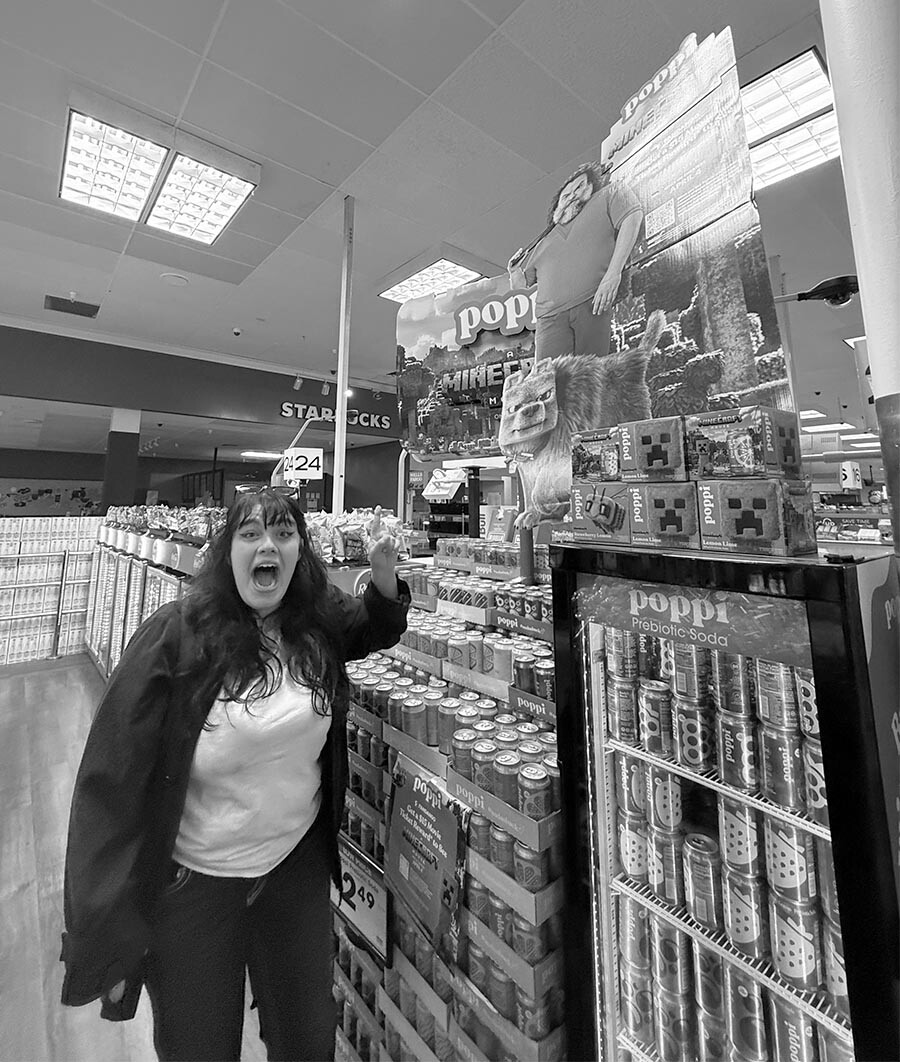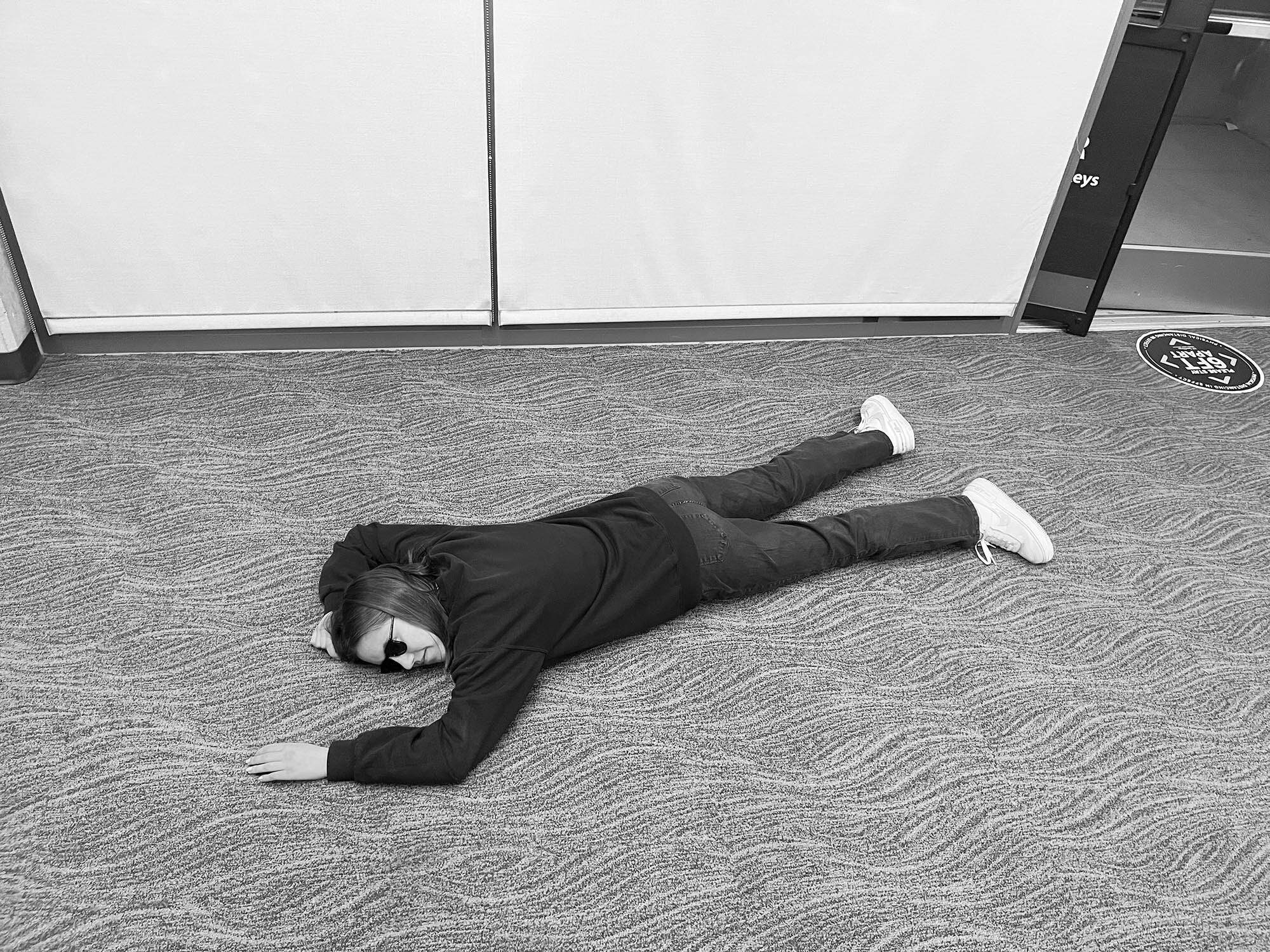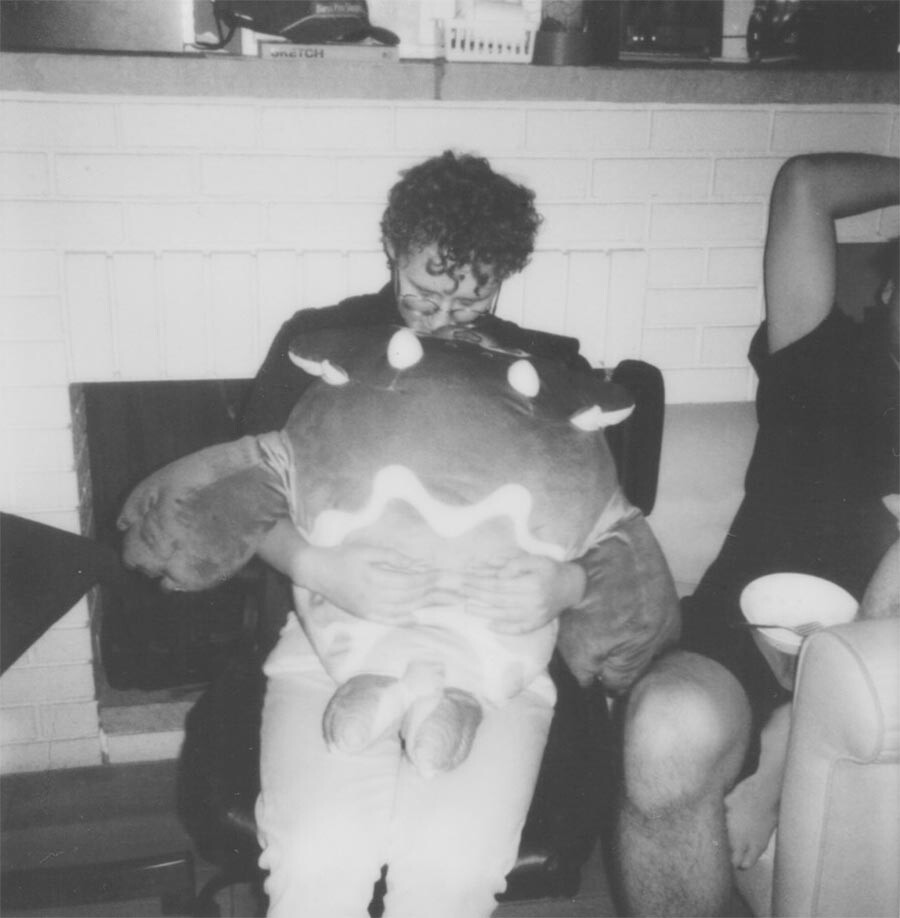
Kirby-Newkirk has been criticized for not double majoring in glucose and fructose, stopping him short of a disaccharide.
Photo by Maria Dhilla
After four years of painstaking theoretical study of how sugar cane and sugar beets are grown and transformed into the refined saccharine product that fills basically all foods, UCSD senior Lyle Kirby-Newkirk has finally mastered the ins and outs of the sugar production process. He is now prepared to begin the procedure of removing molasses out of the product, thus creating what is widely known as granulated sugar. As word spread of his accomplishment, there was rejoicing all over the world, and Kirby-Newkirk announced that he already has plans to celebrate his great feat.
First, he says, “Commencement is the beginning — commencement of the granulation process, I mean, obviously. As we’ve been told over and over, granulation is a separate event from commencement. Commencement is the formal act of recognizing that you are about to actually produce refined glucose and sucrose products. You can only granulate if you’ve met all required criteria. So, with the pending completion of one required art class, ‘Watercolor Criticism B,’ and one required social science class, ‘Behavioral Watercolor Criticism,’ I will be able to get that molasses out of my sugar.”
“Many students find that studying sugar production, although useful and rewarding, was far more difficult than they had expected, and takes roughly four years to complete,” says Blago Treloar, a spokesperson for UCSD, the University of California Sugar Department. “For instance, one may ask how much sugar to produce from sugar cane. It’s not a simple question to answer. It depends not only on how much you need, but broader macroeconomic conditions such as inflation. I can briefly — wait, don’t leave — I can briefly explain it to you with a chart where Y stands for ‘output’ and is on the x-axis, and π stands for ‘inflation’ and is on the y-axis — no, shut up, that makes perfect sense. Anyway, this is a little known fact, but when inflation increases relative to the sugar cane’s expected level of inflation, you can actually produce more sugar from the same amount of sugar cane. In technical terms we would consider this phenomenon to be a movement along the SRAS, or short run aggregate syrup curve. It slopes upward due to sticky prices, heh heh, you know, because of the sugar it’s sticky, heh heh, am I right? C’mon, that’s funny. So yeah, uh, while this may seem bizarre at first to anyone unfamiliar with the process, but to those in the know, it’s just standard Canesian theory.” Treloar was removed immediately from his position for his comments and UCSD has issued an apology.
Although the time spent studying sugar production was often described as both “grueling” and another bland food, “oatmealing,” Kirby-Newkirk will finally be able to say, “this is pretty sweet.”

